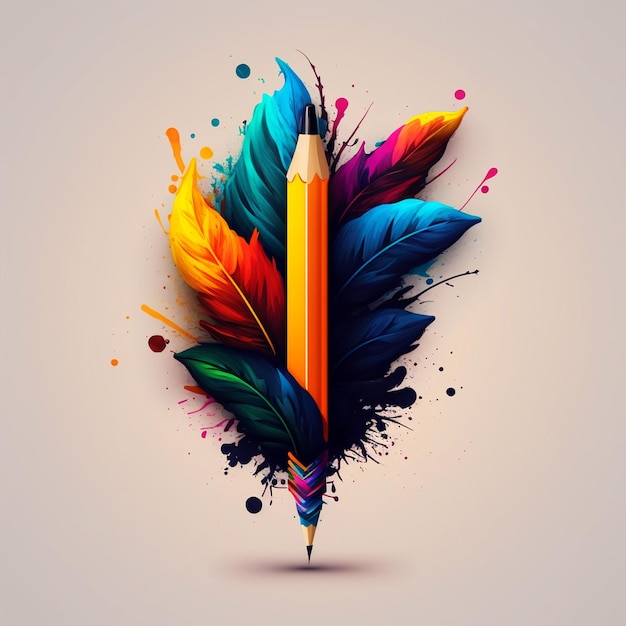The recent announcement by Adobe to introduces a new generative AI tool called "Generative Recolor," which enables designers and marketers to modify colors, themes, and fonts of graphics in Adobe Illustrator using simple text prompts. This tool is part of Adobe's broader effort to integrate generative AI features into its design products, collectively known as …
Adobe’s latest addition: AI tools “Generative Recolor,”


The recent announcement by Adobe to introduces a new generative AI tool called “Generative Recolor,” which enables designers and marketers to modify colors, themes, and fonts of graphics in Adobe Illustrator using simple text prompts. This tool is part of Adobe’s broader effort to integrate generative AI features into its design products, collectively known as “Firefly.”
With Generative Recolor, users can quickly refresh the colors and fonts of their designs by providing descriptive prompts like “peaceful pastels,” “neon pop,” or “fall foliage.” The AI, powered by Firefly, generates a rendering of a scene or theme based on the text prompt and extracts color palettes from the generated image. Subsequently, these color palettes are implemented onto the user’s graphic, thereby altering its hues in accordance with the intended mood or theme.
Adobe Illustrator, where the Generative Recolor tool is available in beta, is widely used for creating logos, posters, packaging, websites, and apparel designs. famous brands such as Coca-Cola and Land Rover utilize Adobe Illustrator to create vector graphics, which can be resized without any loss in image quality.
Adobe has been investing significantly in generative AI, evident in the previous release of “Generative Fill” in Photoshop. Generative AI is making its way into various aspects of Adobe’s design products, and the company believes that most content will eventually be edited through generative AI methods.
While the tool’s potential is promising, there have been concerns raised by artists and Adobe stock contributors about their work being used to train Adobe’s generative AI model without explicit permission and the lack of transparency regarding the usage of public domain images. To address this, Adobe’s domestic AI model, Firefly, is trained on public domain images from Creative Commons, Wikimedia, and Flickr Commons, along with 300 million images and videos from Adobe Stock. Additionally, Adobe has stated that it will compensate enterprise customers for any legal bills if they face copyright infringement issues due to the use of their AI models.
Adobe is committed to improving the quality of its AI model, Firefly, with hundreds of researchers dedicated to enhancing the level of detail and resolution in generated images. They are also working on developing models for video and 3D generation while continuously expanding their inventory and data catalog with data from Adobe Stock.
Overall, Adobe believes that AI will not replace creatives but will instead work alongside them, offering innovative tools to enhance their creative processes.


